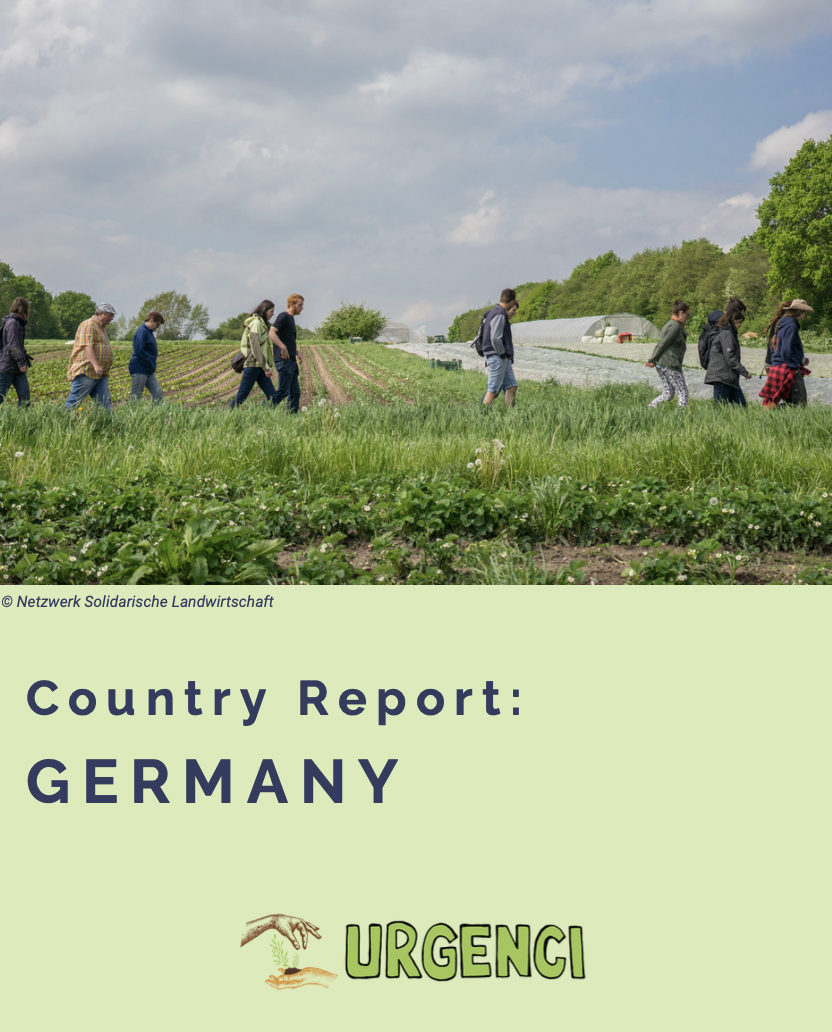In Germany, approximately 84 million people live on an area of 360,000 km² (about 236 people per km2) (Destatis, 2023). Both expenditures for food and profits of agriculture have changed considerably in the last decades: consumers have been spending a relatively small part of their incomes on food. On average, in 2018, people in Germany spent 13.3% of their incomes (300 € per month and household) on food and non-alcoholic beverages (compared to 43% in 1950 and 25% in 1970) (Destatis, 2018), yet the share has likely increased recently due to high inflation rates (Destatis, 2022a). In 2020, only 20% of consumer expenditures were actually received by the farmers (compared to 48% in the early 1970s), while this share ranged between 5% for bread-grains and bread grain products and 36% for milk and dairy products (Thünen Institut, 2021). In contrast, in CSAs, almost all the money spent on food goes directly into agriculture.
Share
Email
Facebook
Twitter
